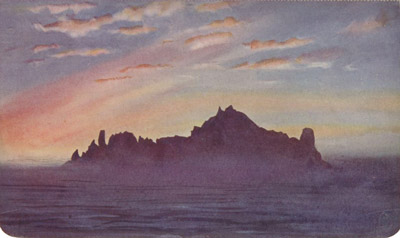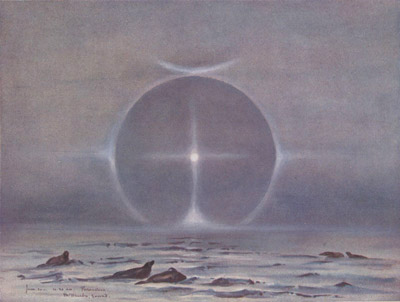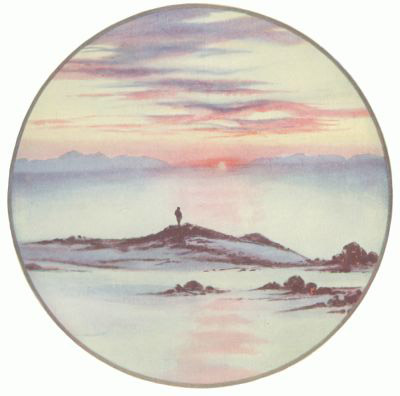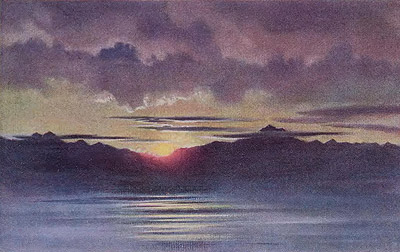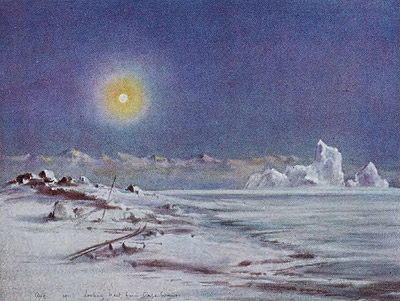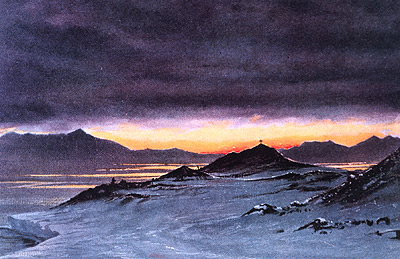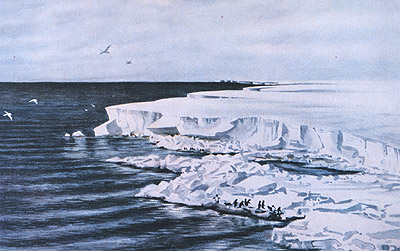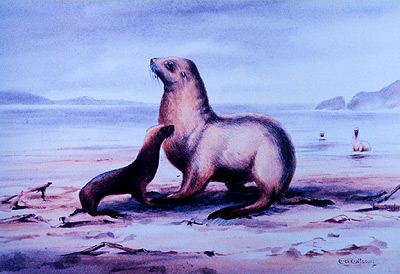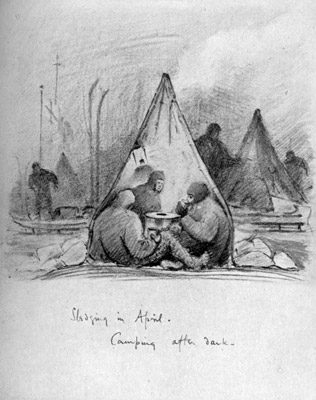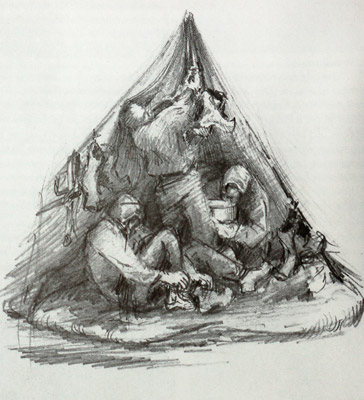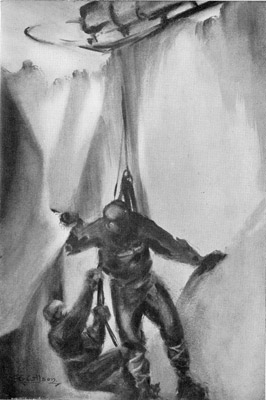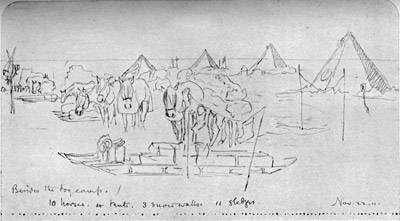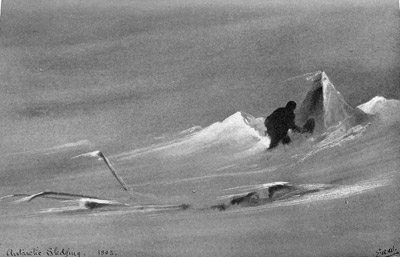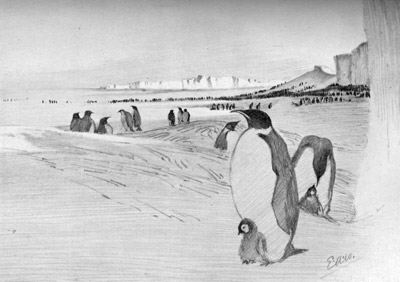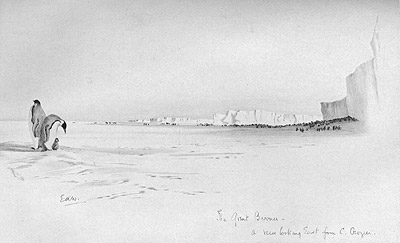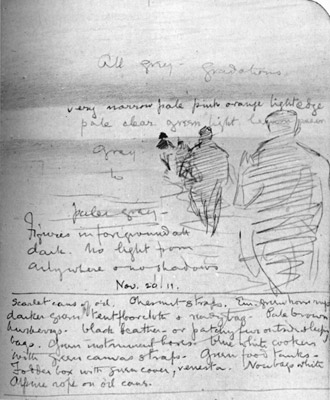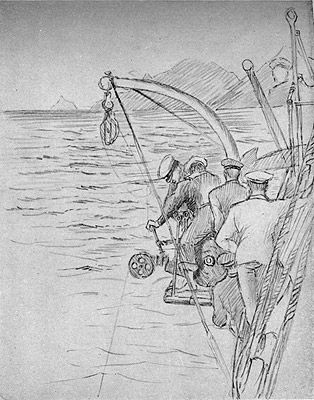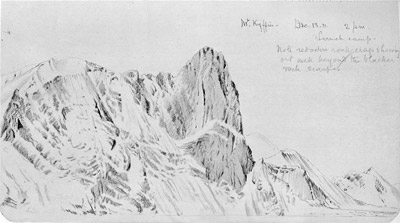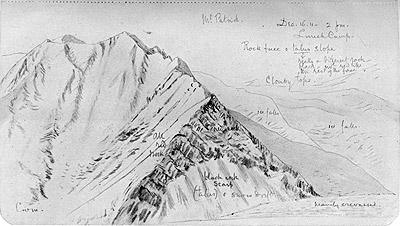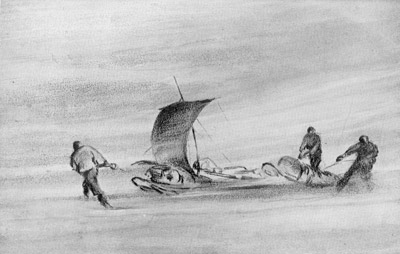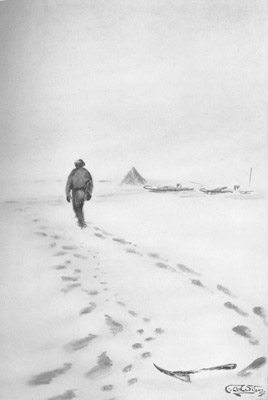Edward Wilson's Watercolour Pictures From Scott's Terra Nova Expedition
Dr. E. A. Wilson was the expedition doctor on Captain Scott's
Terra Nova expedition and was one of the South Pole Party who
never returned. He was also a water-colour artist of some skill
and made made drawings and paintings of the journey.
Edward Wilson biographical
notes.
These colour pictures add a different dimension to Scott's expedition as they place the men in a real world almost exactly like ours, rather than the black and white Edwardian one that the photographs portray. Most of Antarctica is completely timeless and the Antarctica that Scott and the other early explorers experienced is exactly the same today except for a few areas of habitation, the landscape and wildlife in particular are exactly the same.
These pictures were first printed in "The Worst Journey in the World", 1922
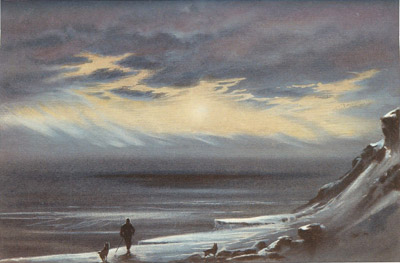
Cape Evans In Winter
The dogs were left to wander during the winter and would accompany the men on walks at this time. They would hunt for seals and penguins, at least one was carried out by sea-ice and never be seen again.
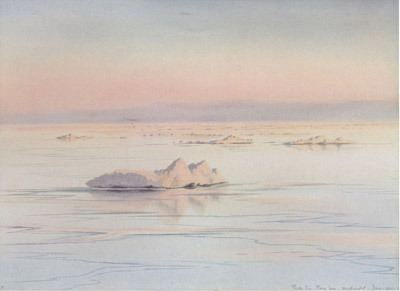
Midnight
"Stayed on deck till midnight. The sun just dipped below the southern horizon. The scene was incomparable. The northern sky was gloriously rosy and reflected in the calm sea between the ice, which varied from burnished copper to salmon pink; bergs and pack to the north had a pale greenish hue with deep purple shadows, the sky shaded to saffron and pale green. We gazed long at these beautiful effects."
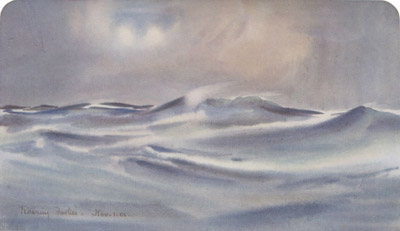
The Roaring Forties
"The big swell which so often prevails in these latitudes is a most inspiring sight, and must be seen from a comparatively small ship like the Terra Nova for its magnitude to be truly appreciated. As the ship rose on the crest of one great hill of water the next big ridge was nearly a mile away, with a sloping valley between. At times these seas are rounded in giant slopes as smooth as glass; at others they curl over, leaving a milk-white foam, and their slopes are marbled with a beautiful spumy tracery."
These pictures were first printed in "Scott's Last Expedition", 1913.
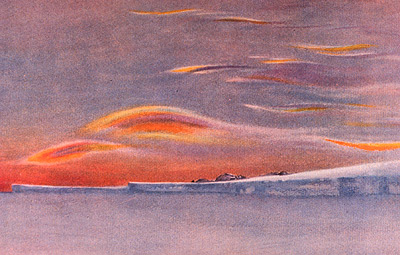
Iridescent clouds looking north from Cape Evans
Cape Evans is where the expedition hut was built, in clear conditions Antarctic skies provide spectacular sunsets particularly as the snow and ice reflect the colours extending and intensifying the experience. These clouds are known as Polar Stratospheric or nacreous clouds.
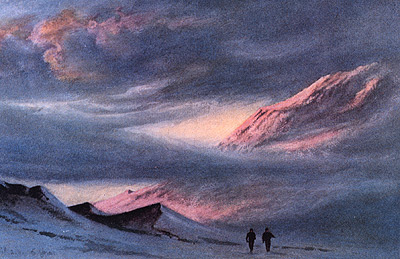
A sunset from Hut Point, April 2nd, 1911
Antarctica can be an unreal place like no other you have ever experienced. I can imagine myself in this scene with Wilson and the two figures, you look around in awe and then down at where you are walking to jolt yourself back to reality in case you misplace a step.
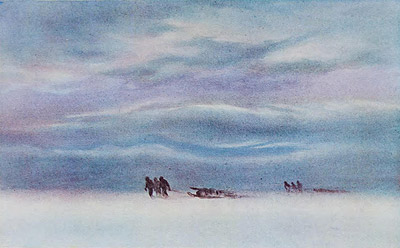
Sledging
Scotts' teams manhauled sledges, two or three men would be attached to the sledge with canvas harnesses and then lean forwards to pull. It's not so bad as it appears and a huge amount of equipment can be carried in this manner. While not as efficient as travelling with a dog team, there are compensations, mainly that dogs don't need to be considered when stopping and it is very easy to unclip and suddenly become completely unencumbered.
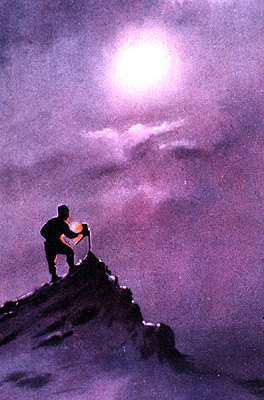
"Birdie" Bowers reading the thermometer on the ramp, June 6th, 1911
Lieutenant Henry Robertson Bowers known as "Birdie" for the size and shape of his nose was one of the hardest working and most dependable of Scott's men. He is pictured here taking a temperature reading from an exposed thermometer near to the Cape Evans hut. Bowers was one of Scott's South Pole Party.
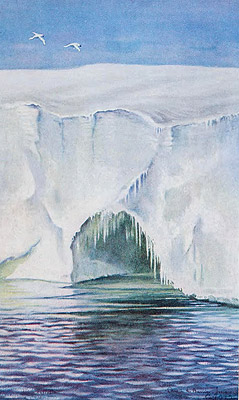
Cave in the barrier, Cape Crozier, Jan. 4th, 1911
An ice cave formed probably from a combination of deformities of the ice flowing from the land as part of an ice shelf and an under-ice meltwater stream leading to cave-ins above. The ice here has met the sea while still attached to the land. Two snow petrels are seen flying over, these are typical Antarctic sea birds found almost anywhere there is some open water within a few hours flight.
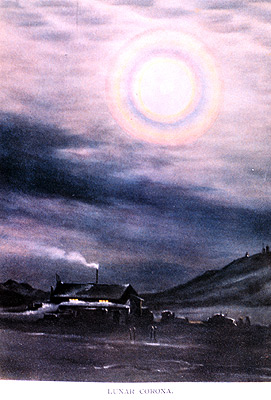
Lunar corona
Antarctica has a great many optical phenomena of rings and bright areas of light at particular angles from the sun or moon. These are usually caused by the presence of ice crystals in the atmosphere. They are similar to rainbows in that they are dependent on the relative angles of the sun/moon and the viewer. If you can manage to drag yourself outside on a bitterly cold night such as this must have been, you can be rewarded with some magnificent atmospheric effects.
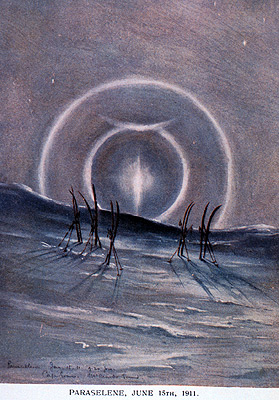
Paraselene, June 15th, 1911
A paraselene is a bright spot on the halo of the moon, sometimes appearing as large and bright as to be another mock moon. In Wilson's picture above the paraselene is therefore the upwards curved arc on the inner halo. It is another example of an optical phenomena encountered not frequently, but neither rarely in Antarctica. June the 15th when this was observed and later painted is just a week away from midwinter's day and is at a time of permanent 24 hour darkness.
The Great Ice Barrier is the edge of waht is now known as the Ross Ice Shelf a floating ice-shelf about the size of France that extends for hundreds of miles. It is where the glaciers that flow from the Antarctic land mass begin to float on the sea providing a cliff of ice with only very rare places where a landing is possible. These ice-cliffs prevented the early explorers of Antarctica from making landfall, they would sail for days in awe of the height and extent of the ice.
Sledging in April, Camping After Dark
April is the start of the Antarctic winter, days now have more dark than light, temperatures drop and the first storms can come early.
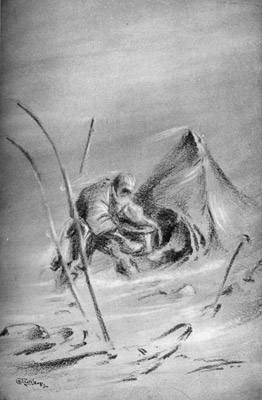
Handing in the Cooking Equipment at Camp
When setting up a camp, there is usually an "outside man" and an "inside man" after erecting the tent. The outside man passes in equipment that will be needed and secures, dogs, sledges and the tent while the inside man will arrange the interior while there is a little more room and gets the stove going for a hot drink.
Page 1 - The Discovery Expedition | Page 2 - The Terra Nova expedition | The Terra Nova
Robert Falcon Scott Books and Video

The Coldest March: Scott's Fatal Antarctic Expedition
by Susan Solomon
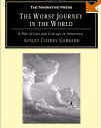
The Worst Journey in the World. Apsley Cherry-Garrard

The Voyage of the Discovery: Scott's First Antarctic Expedition
by Robert Falcon Scott, Ross MacPhee (Introduction), Fridtjof Nansen (Preface)

The Great White South: Travelling with Robert F. Scott's Doomed
South Pole Expedition by Herbert Ponting

Scott's Last Expedition: The Journals of Captain R.F.Scott

Edward Wilson's Antarctic Notebooks
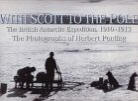
With Scott to the Pole
Herbert Ponting, illustrated

Discovery Illustrated: Pictures from Captain Scott's First Antarctic Expedition

Captain Scott by Sir Ranulph Fiennes

90 Degrees South: With Scott to the Antarctic (1933) DVD

History Chapters: Roald Amundsen and Robert Scott Race to the South Pole. Ages 4-8

Diary of the "Terra Nova" Expedition to the Antarctic, 1910-12

